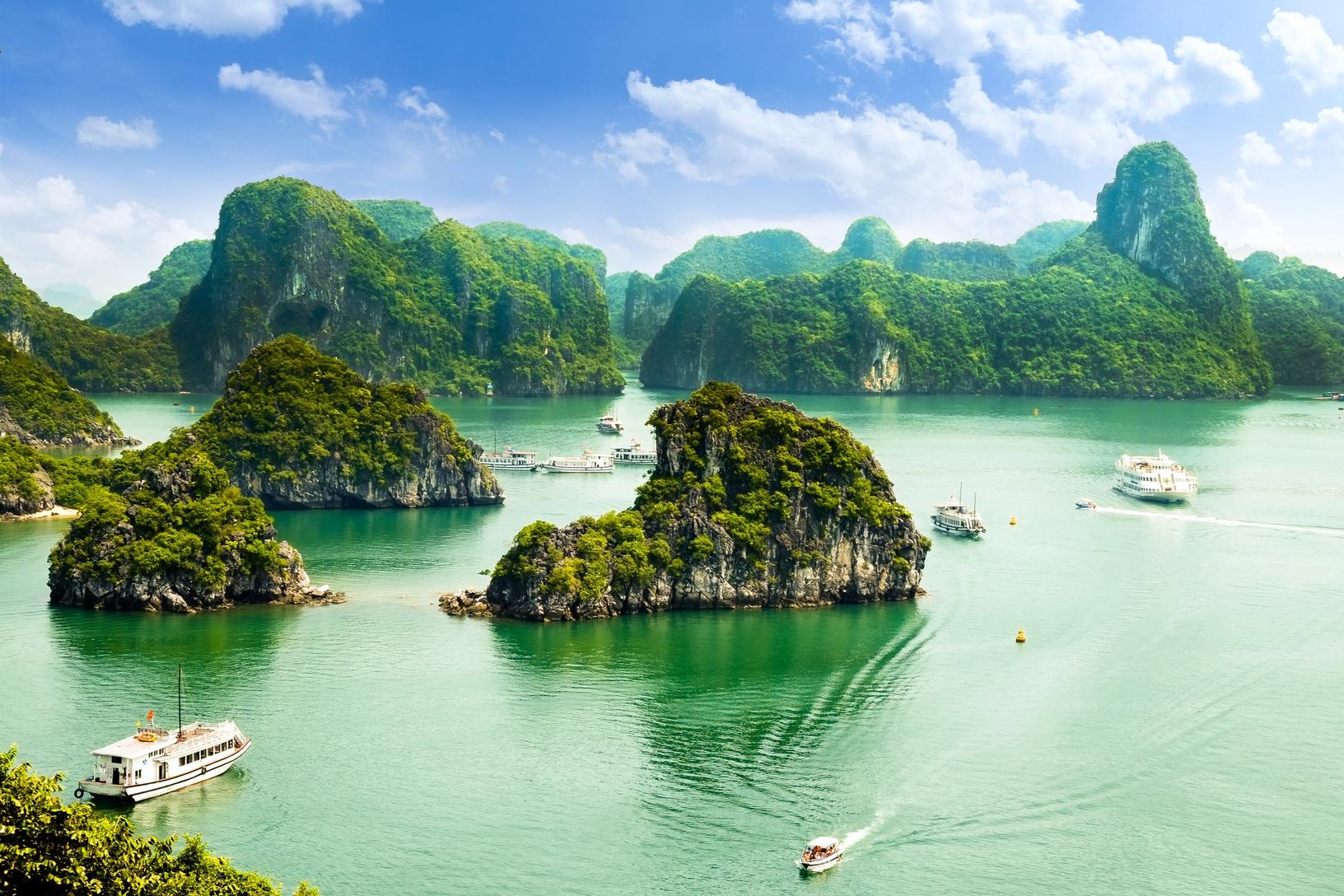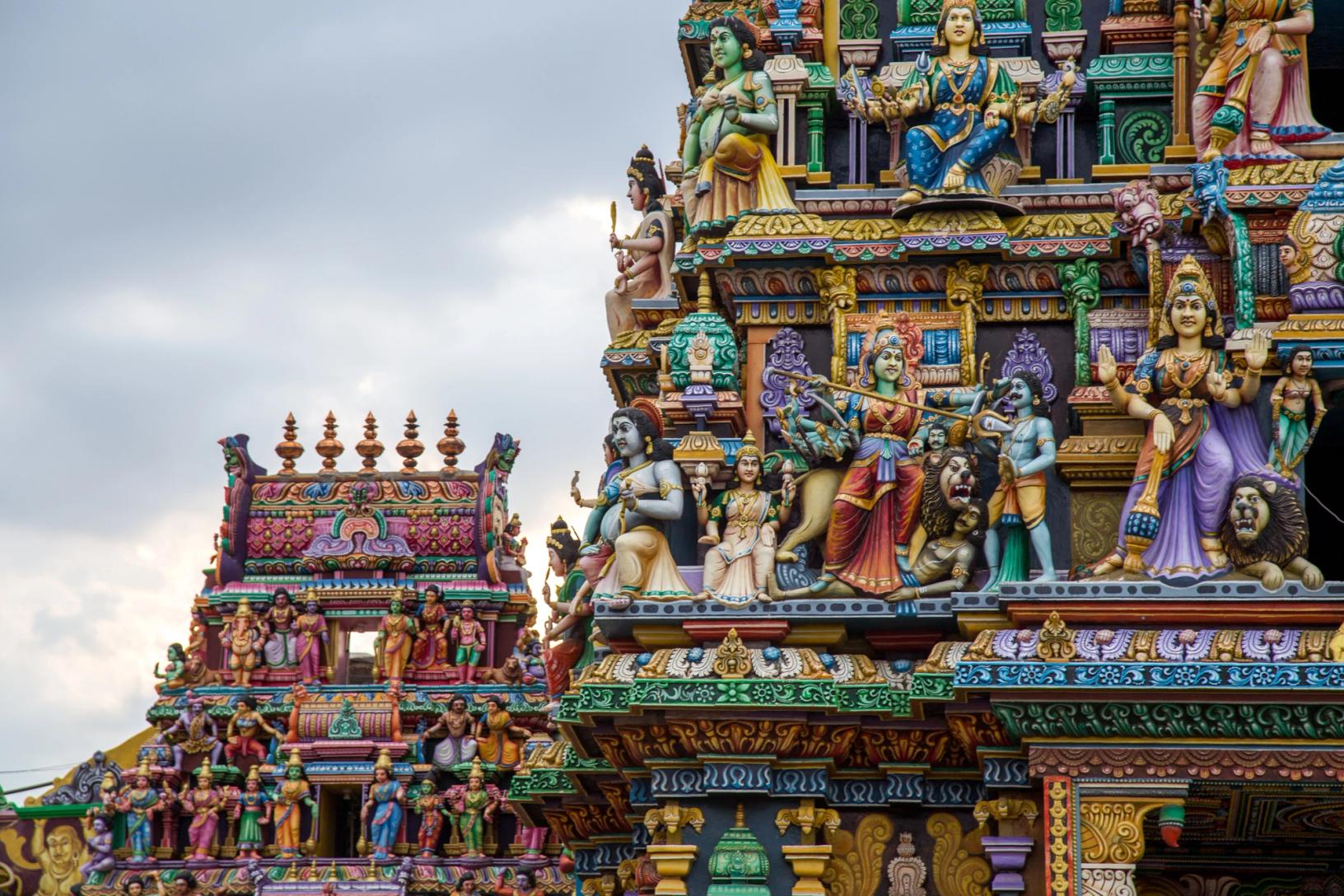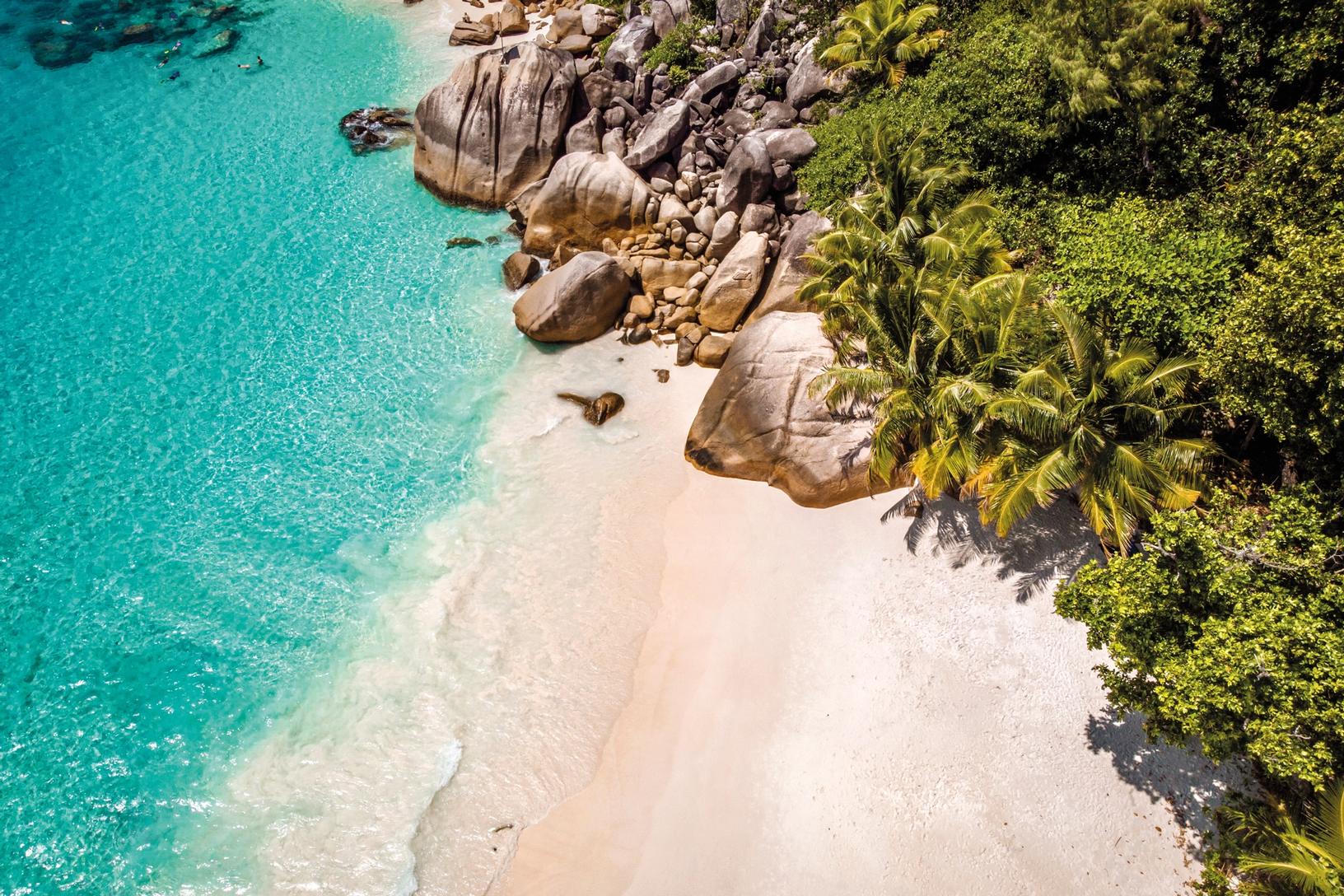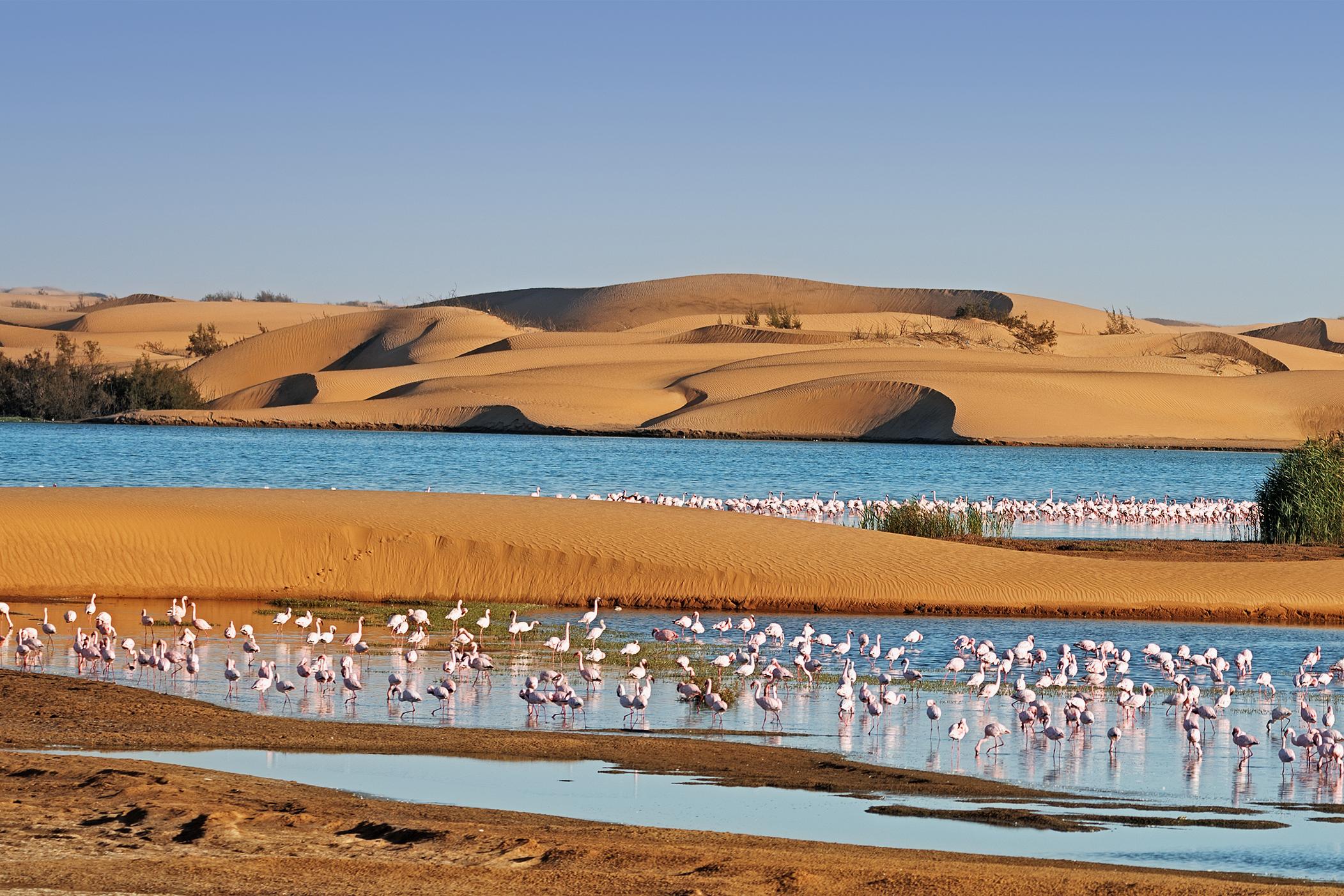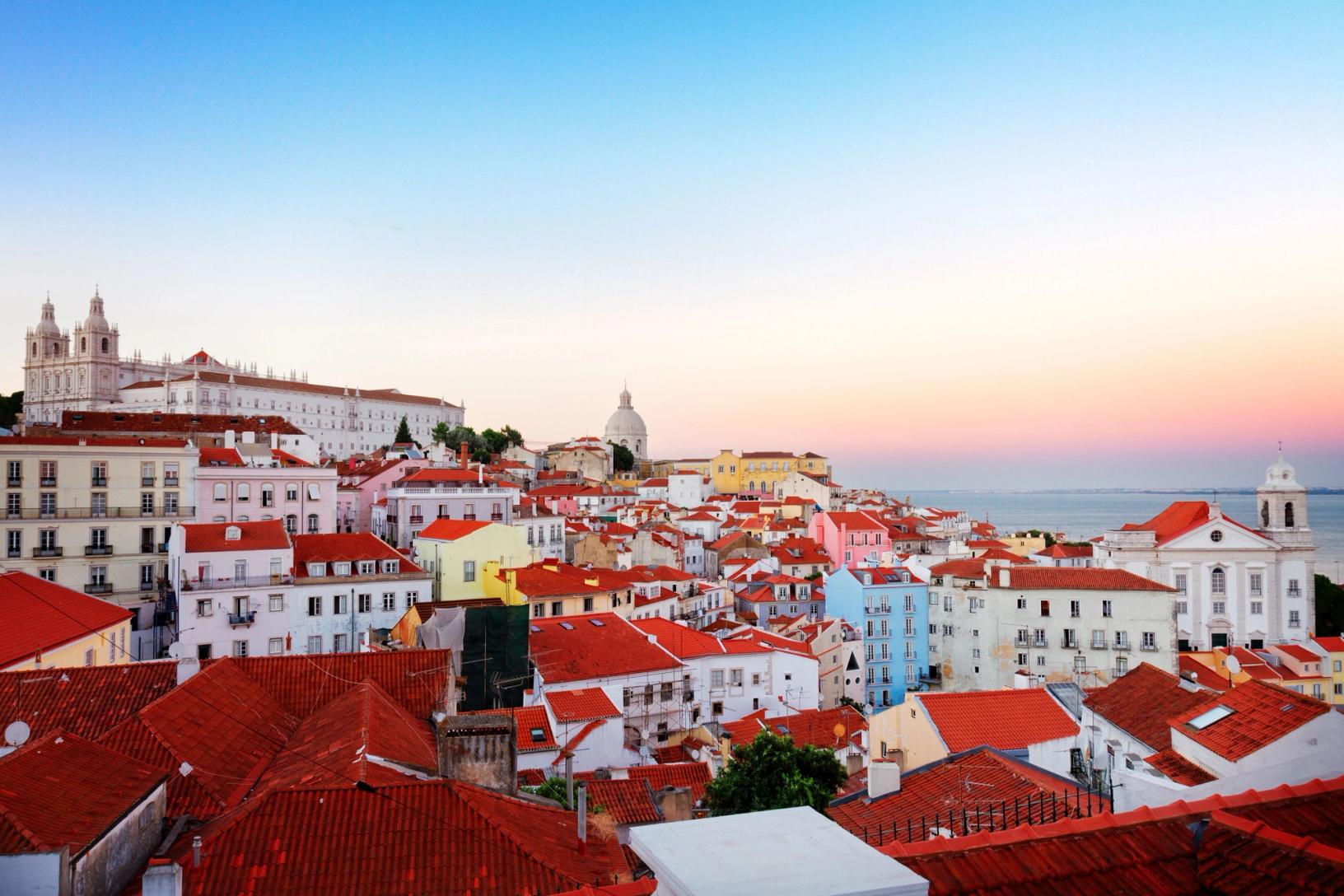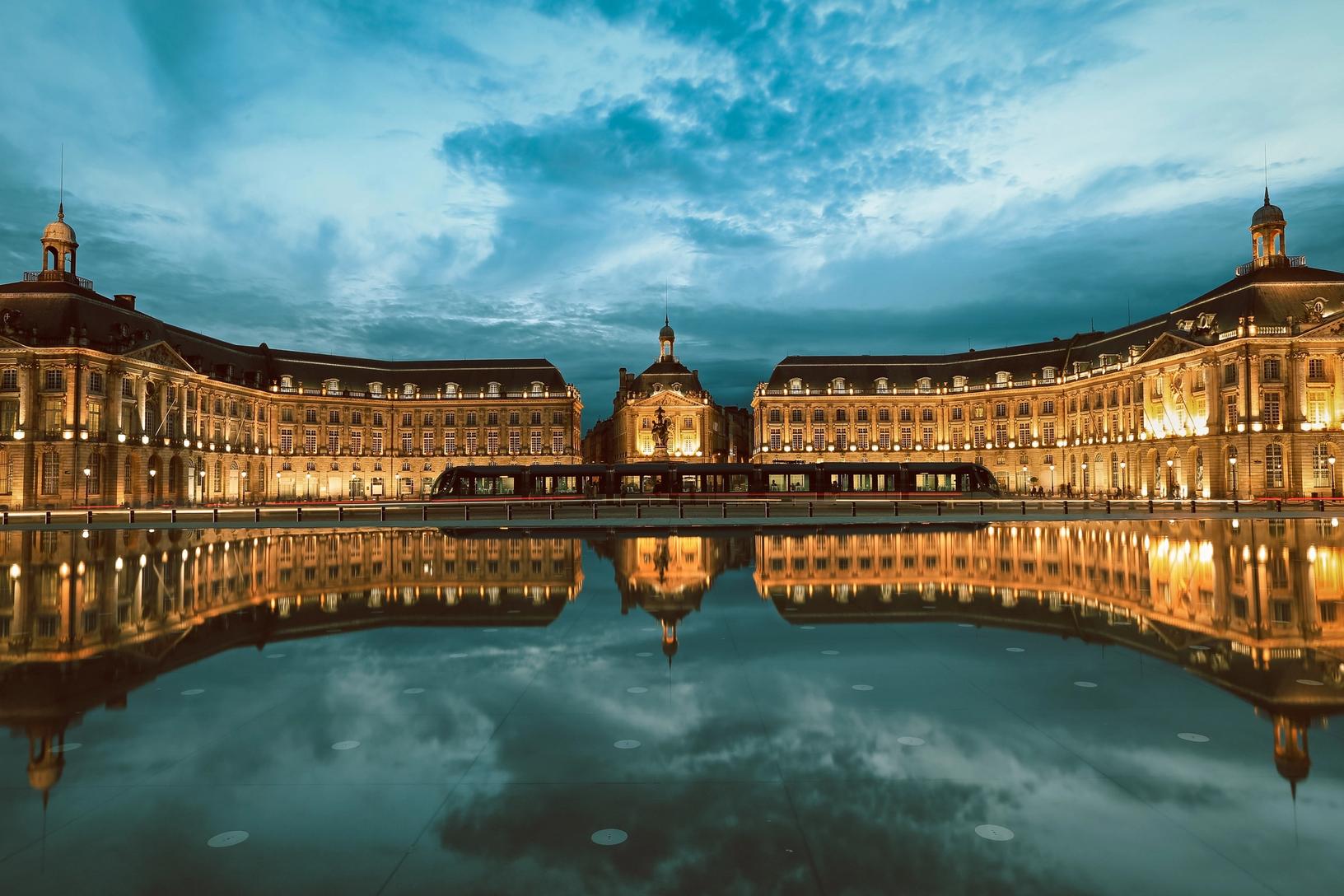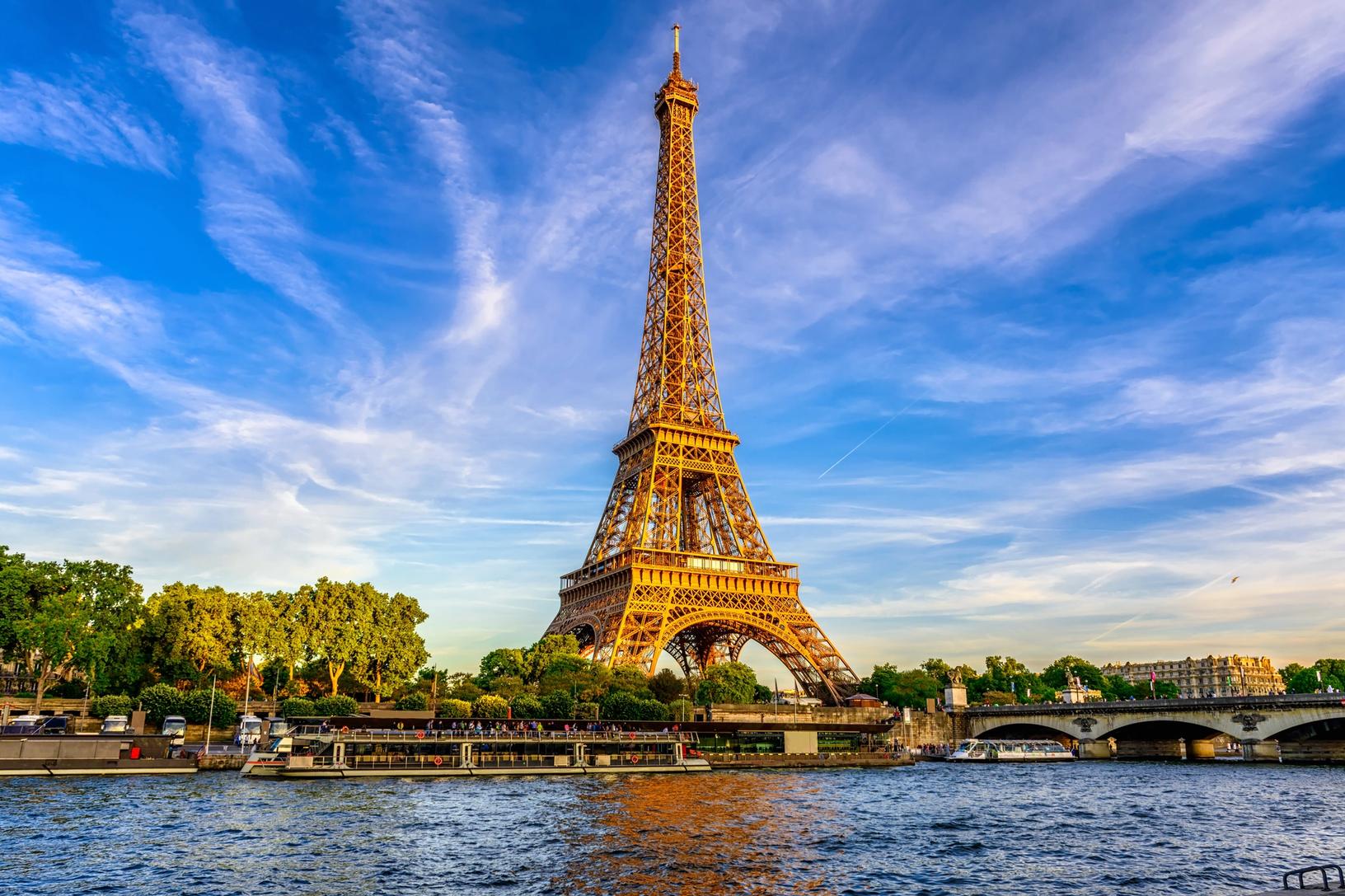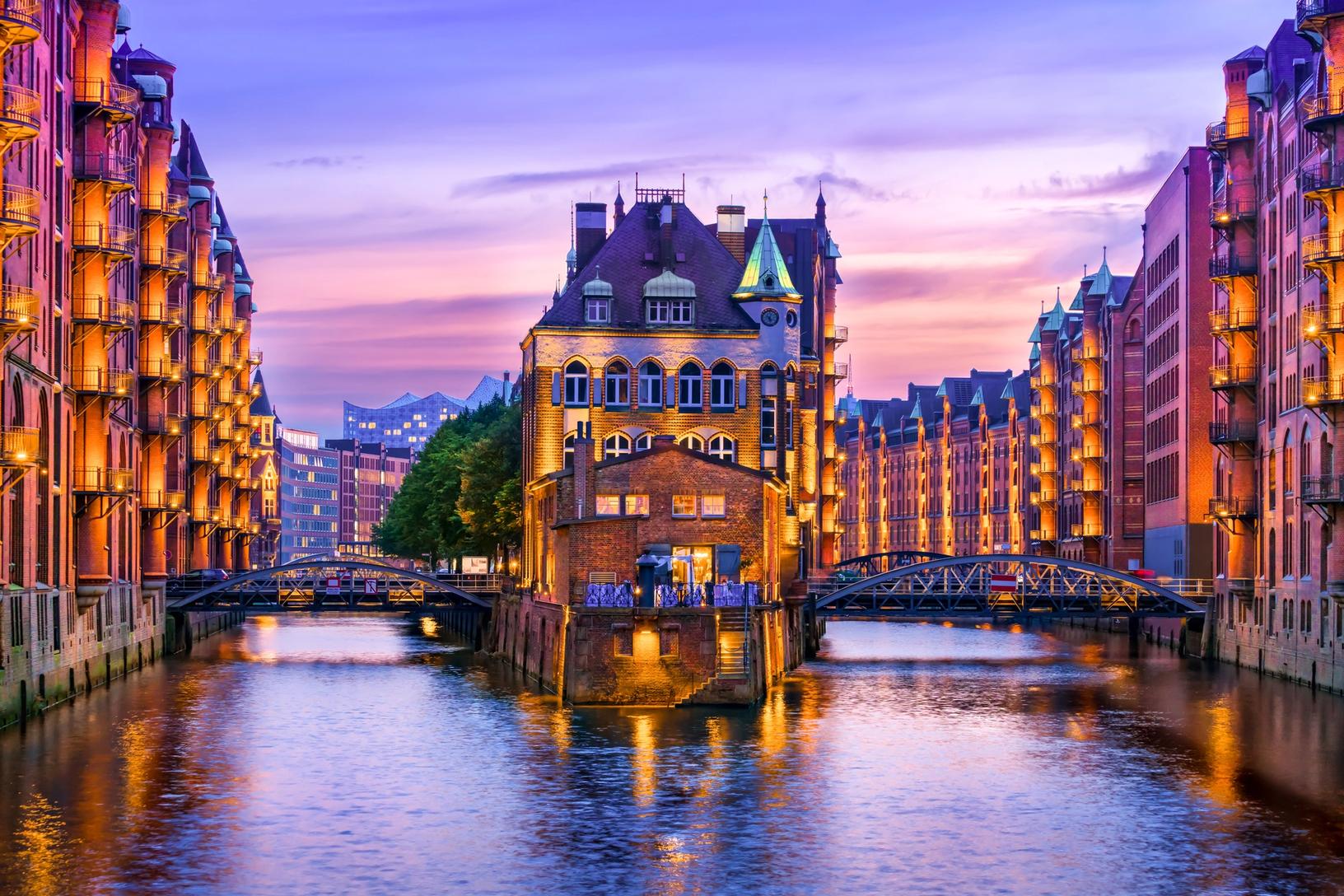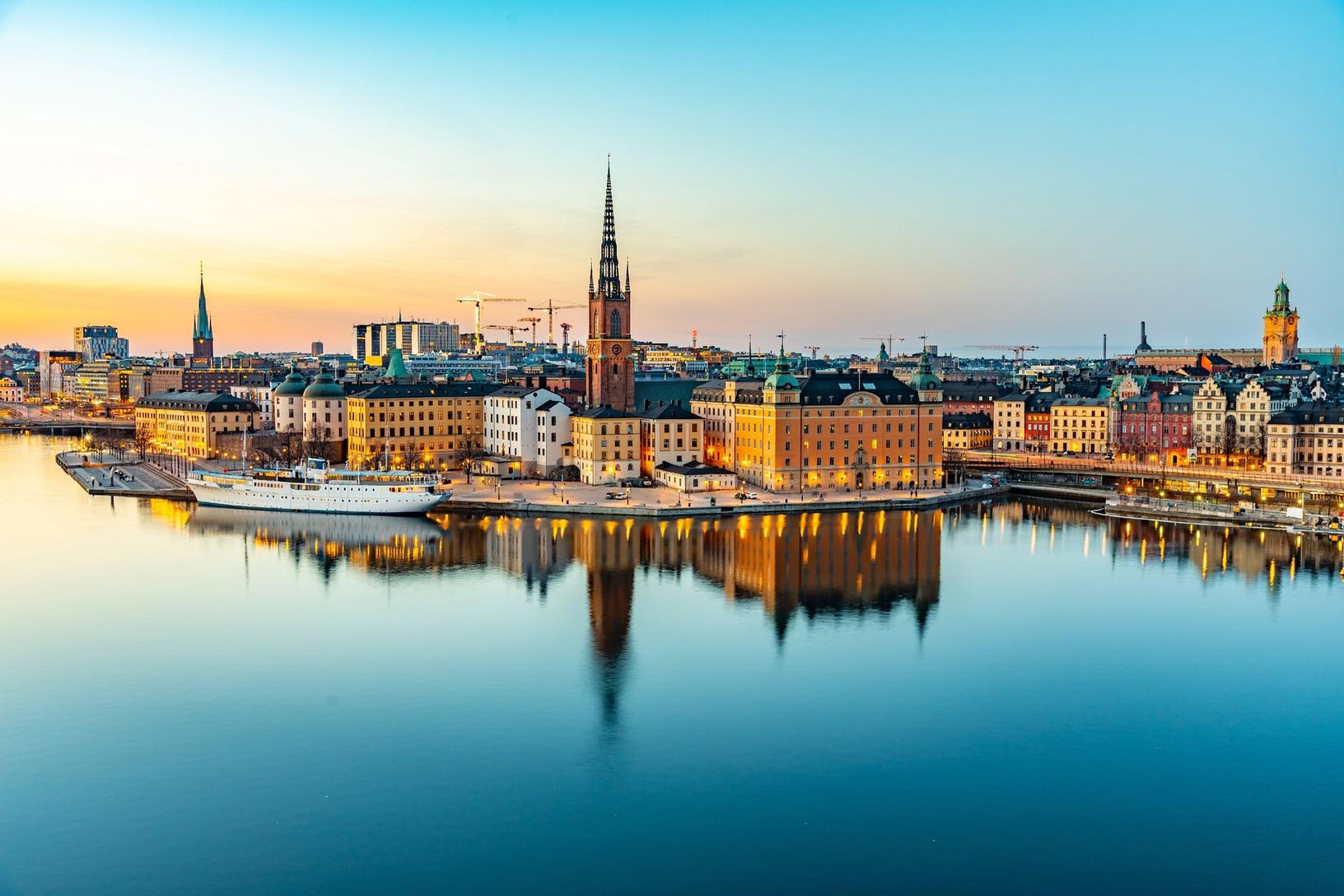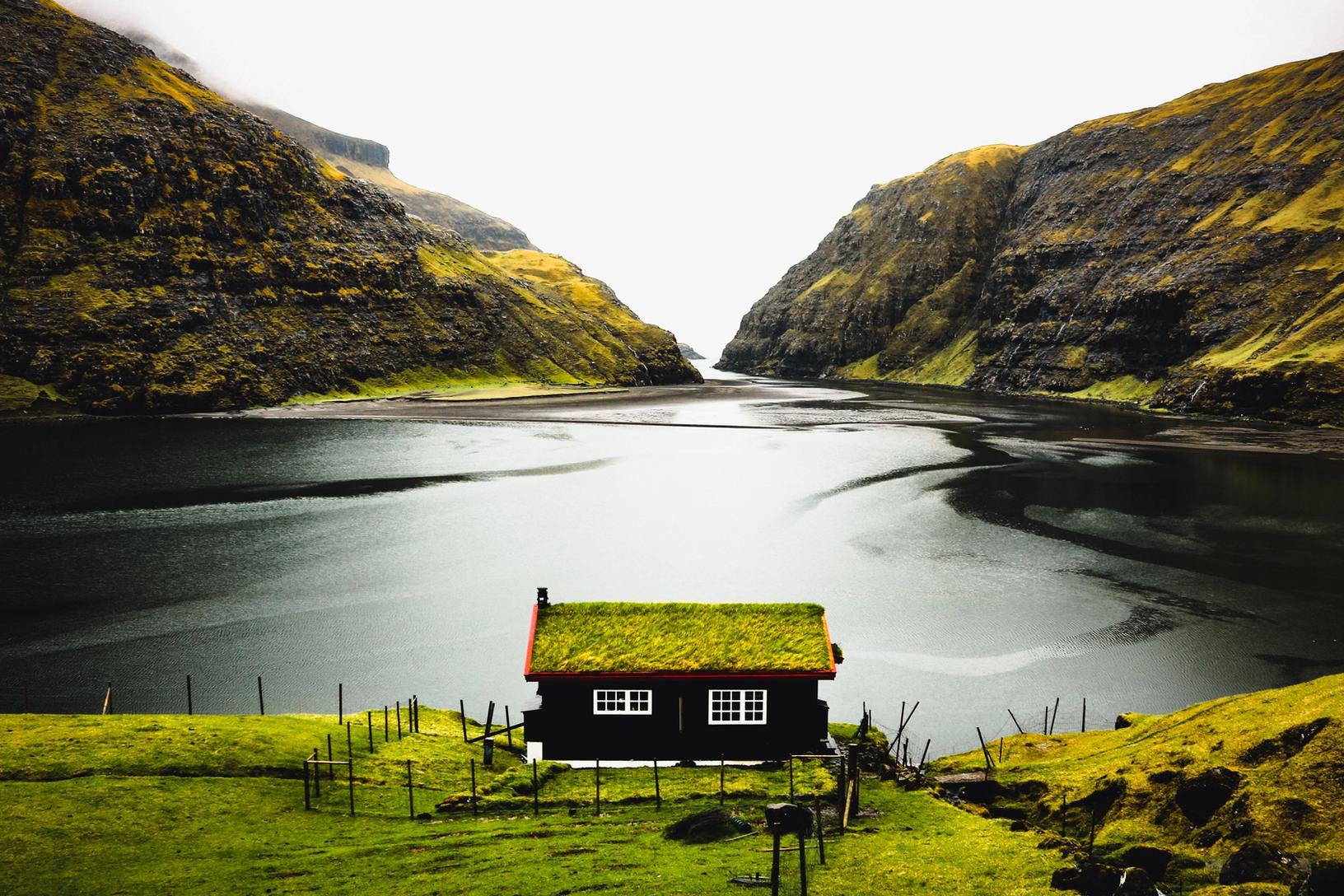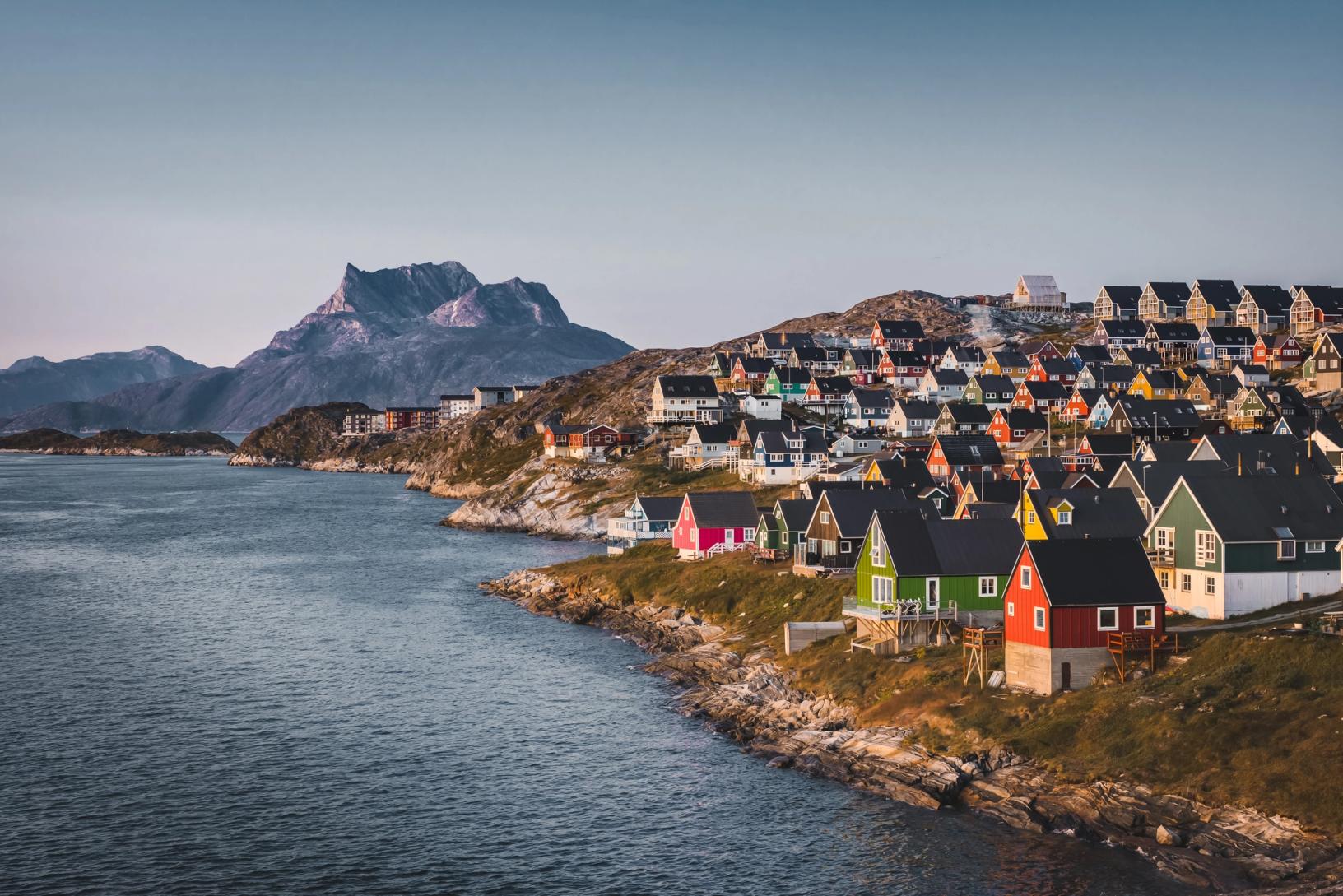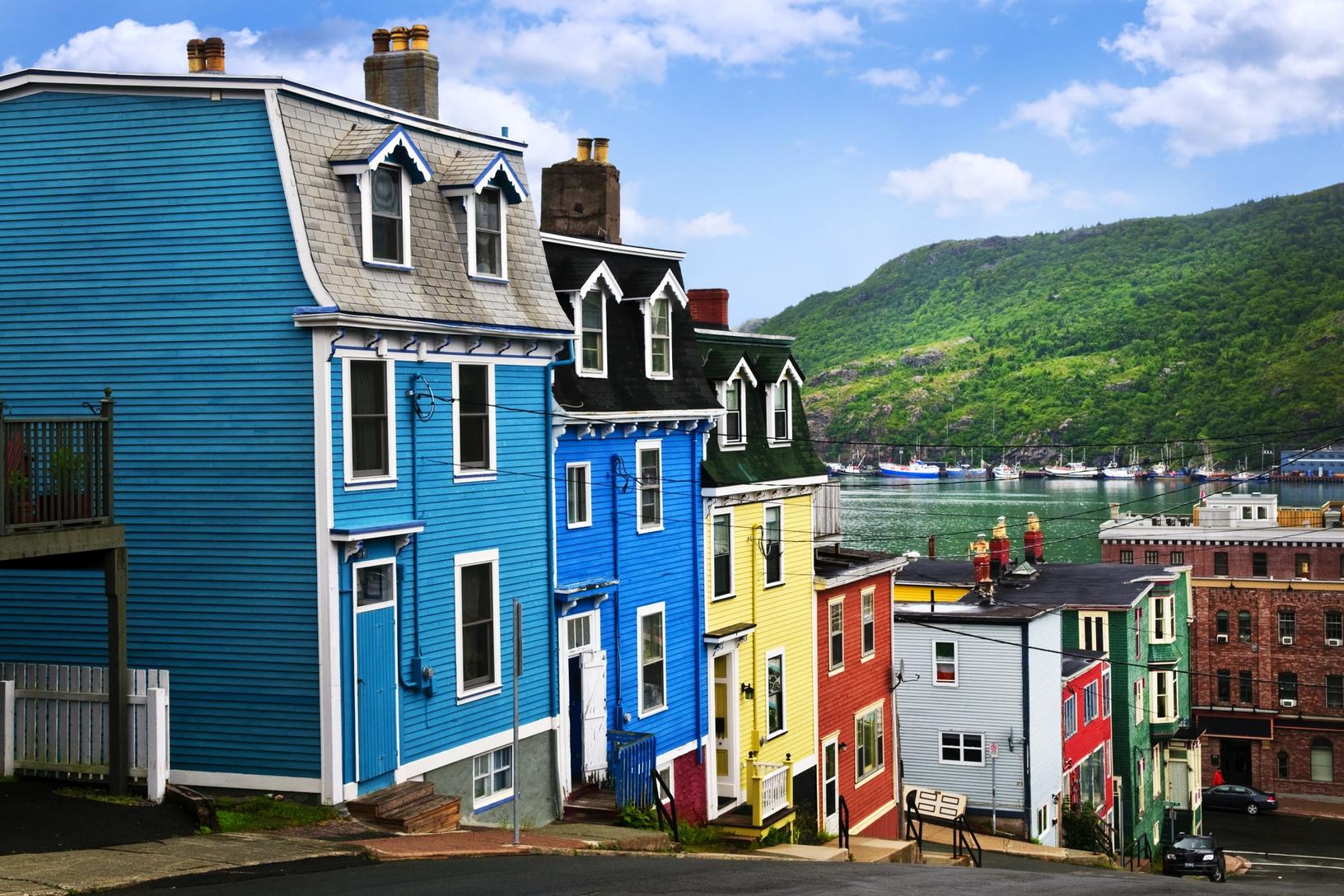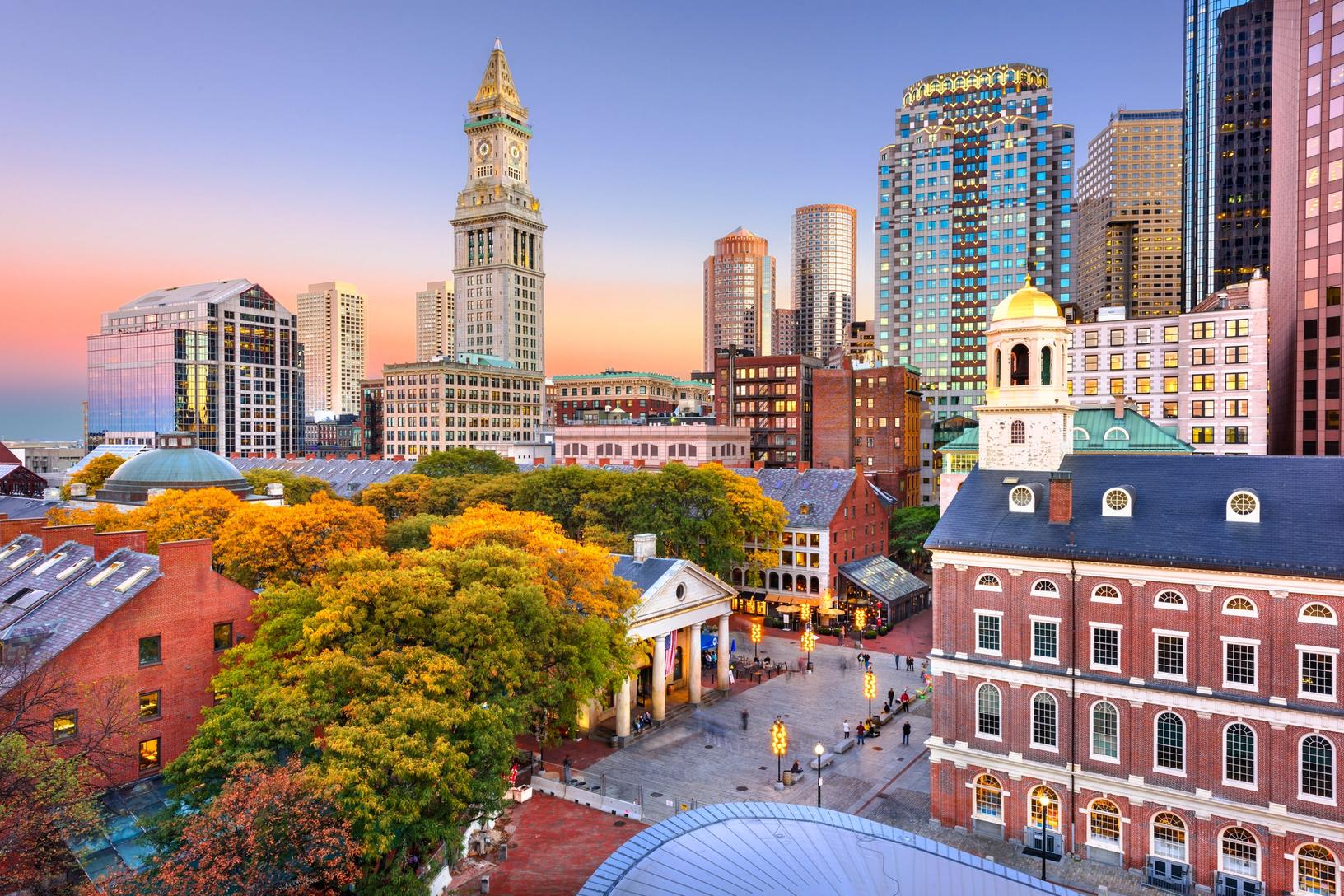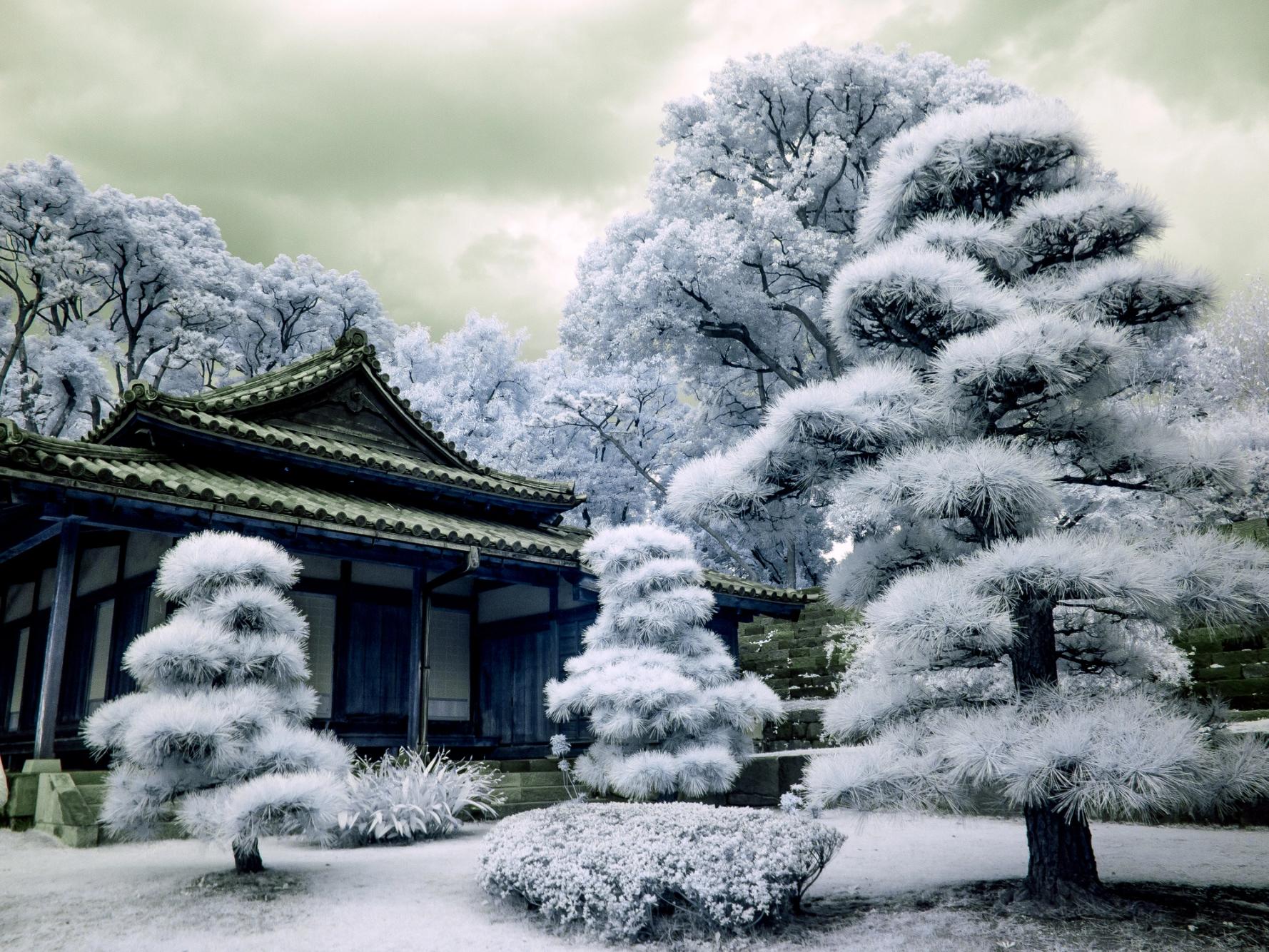
Thurs day, March 13, 2025 – Photo of the Day – Luderitz, Namibia

Where in the World Are We?
We are in Luderitz, Namibia, in southwestern Africa.


LÜDERITZ, NAMIBIA
The Surf City
The scorched desert surrounding Lüderitz means the city’s collection of German art nouveau architecture couldn’t look more unusually placed along the Namibian coastline. This quirkiness is what gives the destination its charm. See gangs of playful penguins skipping across the waves, pink flamingos wading by the coast, and dolphins leaping into the air near Penguin Island and Seal Island. A much more haunting location with an incredibly dark past is Shark Island – which witnessed the deaths of between 1,000 and 3,000 people when it was the location of a German concentration camp between 1905 and 1907. Inland from Lüderitz is Kolmanskop, the site of a famous diamond mine and ghost town.
Colonial architecture: The town boasts notable German colonial buildings with Art Nouveau elements, giving it a distinctly European feel.
Diamond mining: Lüderitz was once a major hub for diamond extraction, which heavily influenced its development.
Wildlife viewing: The area surrounding Lüderitz is home to various marine animals, such as seals, penguins, and dolphins, making it a popular spot for wildlife tours.
Diaz Point Lighthouse: This lighthouse marks the historic point where Portuguese explorer Bartolomeu Dias first landed on the Namibian coast.
Museum: The Lüderitz Museum showcases the town’s history, including its geological aspects related to diamond mining.
SIGHTS
• Diaz Point Lighthouse
• Felsenkirche Church
• Kolmanskop
• Lüderitz Museum
• Namibia Maritime Museum
• Site of Original Dias Cross
SHOPPING AND CUISINE
Lüderitz offers a unique dining scene that blends traditional Namibian cuisine with influences from its German colonial past. Lüderitz is known for its seafood, including oysters, lobster, and mussels. The town also has a German-style confectionary (Schwarzwälder, Kirschtorte, Apfelstrudel) and snacks (Biltong, Droewors, Landjäger, Brötchen).
Divikz Ftlotp Street is a shopping street in Lüderitz.
Lüderitz is a port town in the IlKaras Region of Namibia.
The waterfront near the harbor has been developed with shops, restaurants, and leisure facilities.
The shopping street was used for general shopping by residents of Kolmanskop and nearby mining towns.
Today’s Excursion – Luderitz Walking Orientation
Lüderitz is an isolated town built on a windswept, rocky hillside beside the bay. It is located on the only part of the Namibian coast with a rocky shore. A peninsula with numerous coves juts out of the coast to form the bay. Three small islands – Penguin, Seal, and Flamingo – lie within the bay. Shark Island was once in the bay, but the new harbor development joins it to the mainland. Twelve islands, collectively known as the Penguin Islands, lie in Namibian waters north and south of Lüderitz. Behind the town, a road runs into the interior. It passes Kolmanskop, now a ghost town where diamonds were first mined, before reaching the next village, Aus, which lies 125 km to the east.
Luderitz Walking Tour
We took a walking tour through the town’s barren streets, passing many colonial German-style buildings with their domes, towers, and turrets, steep roofs, oriel windows, embellished gables, bay windows, and Wintergärtens (sunrooms), which provide shelter from the wind.
Luderitz Museum
Visit the Luderitz Museum, which features flora, history, and ethnology exhibits. It also contains information on local Indigenous groups and the diamond mining industry.
Goerke Haus
Other notable buildings visited include the Goerke Haus. Goerke Haus is a grand residence or “diamond palace” built in 1909,
restored to its former glory and furnished with period pieces. Originally the home of Lieutenant Hans Goerke, a German diamond mining company mine inspector, and designed by architect Otto Etrl, it was one of the town’s most expensive properties. Although the building was erected in the art nouveau period (1890-1910), its architecture is not typical of this style. Its ceiling is decorated with impressionistic paintings. A wooden loggia separated the anteroom from which all the other rooms were accessible. Apart from the hall and the arch, the spacious staircase joins the two stories. The arches are supported by a pillar with a Dorian capital and swollen shaft, reminiscent of Egyptian pillars. The colored glass of the staircase shows a flamingo with flowing lines typical of art nouveau, popular in German architecture at the time. All of the rooms were fitted with electrical lights.
Felsenkirche (Church on the Rocks)
Felsenkirche (Church on the Rocks) is the name given to the German Evangelical Lutheran Church built in 1912. The cornerstone was laid on 19 November 1911. The stained-glass windows and the woodwork inside the church are impressive. The pleasing proportions of the church and its verticality of form represent the Vertical Gothic style, popular in the Victorian era, rather than the neo-Gothic style, which was preferred in the German Church at the time. It was designed and built by Albert Bause for the German Evangelical Lutheran congregation. The side windows were donated by members of the aristocracy in Germany, while the altar window was a gift from the German Emperor. The church was claimed as a national monument in 1978.


















Dinner was in Atlantide Restaurant








SPANISH FAVOURITES AND MORE
SHOWTIME WITH HEADLINE ENTERTAINER CARLOS BONELL
Carlos Bonell was born in London to Spanish parents and studied at the Royal College of Music with John Williams, where he was appointed the youngest-ever professor.
Enjoy tonight with virtuoso guitarist Carlos Bonell.


